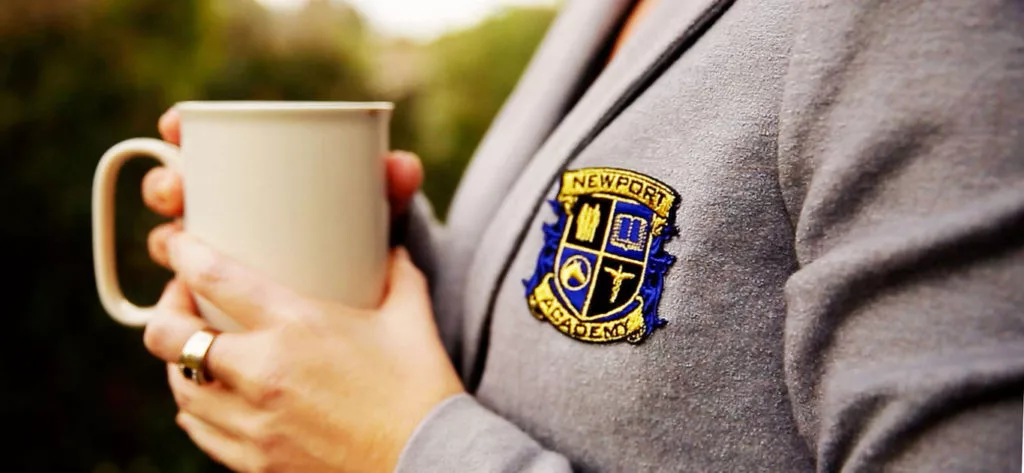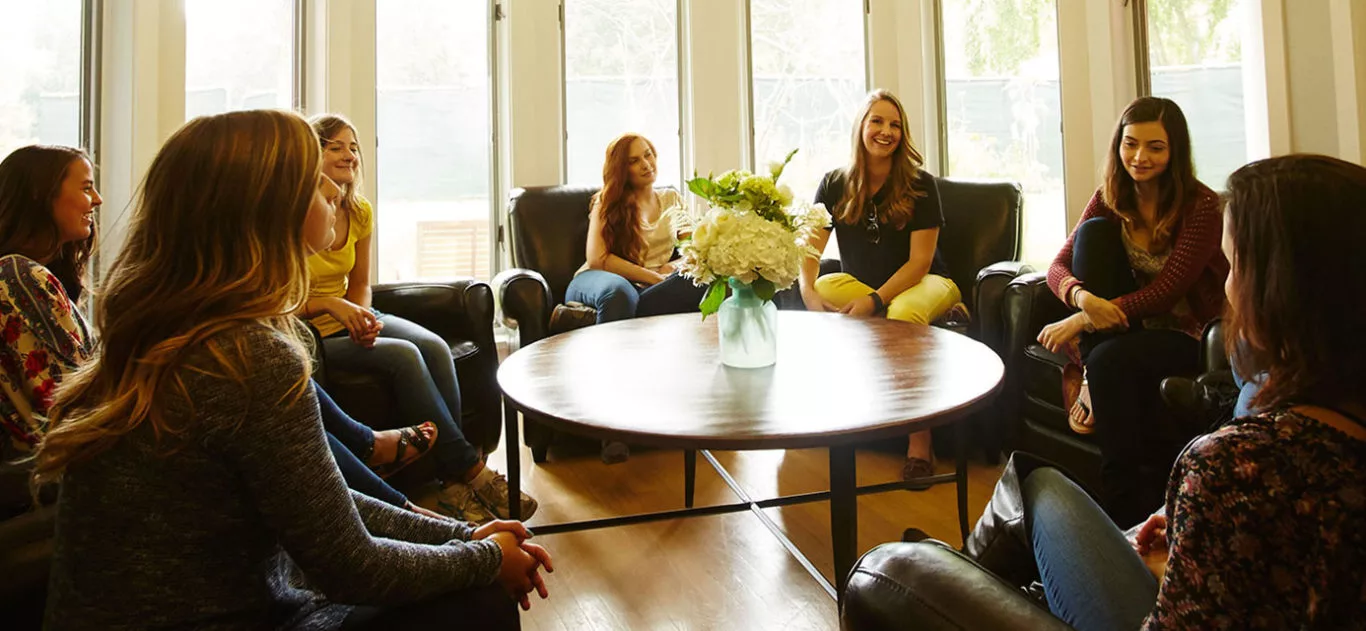Gender-specific treatment works. Gender-specified environments comprise well-rounded rehabilitation treatment program. Why is gender-specific treatment for teens successful? Do biological and behavioral factors vary for males and females? How much does age matter? The answers are nuanced. In addition, research reveals new information. Studies show men and women are impacted differently by mental health struggles. Hence, what, how, and why people become self-destructive can vary widely. Studies on teenagers show less variation across gender than adults, especially for younger teens.
Gender-Specific treatment works
There are many reasons why gender-specific treatment is effective for teens, says Newport Academy’s founding Chief Clinical Officer, Dr. Barbara Nosal, PhD. Therefore, the goal of a gender-specific approach, Nosal says, is to create “a therapeutic environment where teen girls and boys feel empowered to develop coping skills. Then they increase their sense of self and independence.” These objectives remain constant despite shifting statistics.
Sharing honestly
In a safe container, kids can focus on themselves. Also, in addition, they nurture friendships and learn to be more authentic. Hence, in coed groups, they’re not as comfortable sharing the fears and self-esteem issues that underlie self-destructive behaviors.
As a result, boys might allow themselves to be vulnerable—even to cry—among peers and counselors. Girls might spend less energy on their appearance and more on the healing process.
“They don’t have to worry about whether their hair is done, what they’re wearing, what makeup they have on,” Nosal says. “They can be who they are, without worrying about what they look like.” This is especially relevant for girls, who tend to have issues related to body image. (In fact, they often initially use alcohol, tobacco, and drugs to suppress appetite and manage their weight, Nosal says.)
Bonding without competition
Building healthy same-gender friendships heals wounds received in peer or family relationships. Often, Nosal says, teens haven’t formed bonds with the same gender because of rivalry or jealousy.
“A gender-specific environment invites teens to build strong peer support. This is essential in the treatment process,” she says. “Strong peer interaction can facilitate healthy boundaries, healthy discussion of sexual issues, and safe exploration of issues related to body image.”
Gender-specific treatment for teens also addresses co-occurring disorders, such as addictions to love, sex, and relationships.
Finding healthy role models
Newport Academy’s treatment staff knows the healing journey firsthand. We come from a place of authenticity and understanding of what each teen is going through. We offer mentoring and unconditional acceptance, and model how to thrive and give back in a life of recovery.
“Staff serve as allies and role models for the kids, and are very willing to self-disclose when appropriate,” Nosal says.

Recognizing themselves in each other
Isolation drives destructive behavior. When teens enter a supportive rehab community where authentic sharing is encouraged, they see that they are not alone.
“It’s often the first time they realize that other kids who look good on the outside feel the same way they do on the inside,” Nosal says. “Hence, it’s an enormous relief to find other people with similar family issues, struggles, and challenges.” In conclusion, teens feel less alone and more connected. This generates true healing. Teens are able to succeed when they build a strong foundation.
If you or someone you love is in need of support, contact us. Our team is here to help. Learn more about Newport Academy’s treatment approach.






